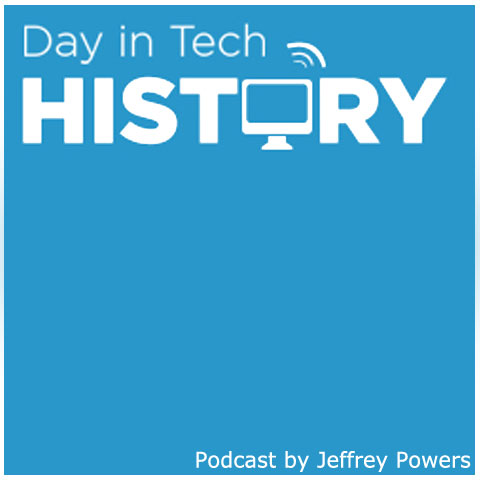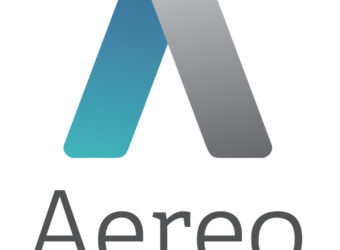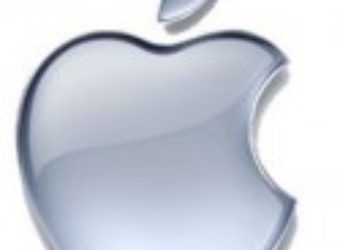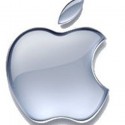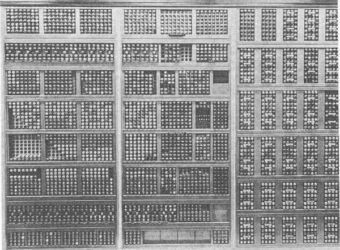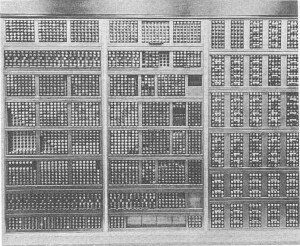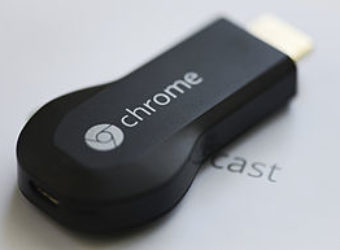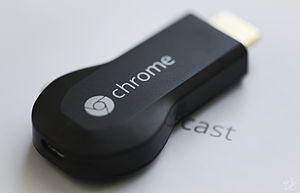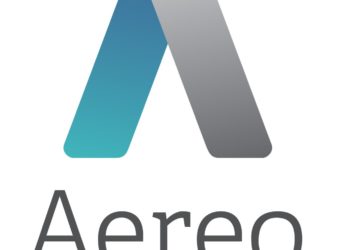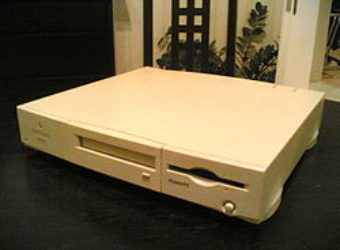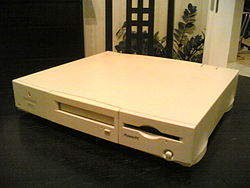June 28, 2014: Aereo Shuts Down
Subscribe! Spotify | RSS | More
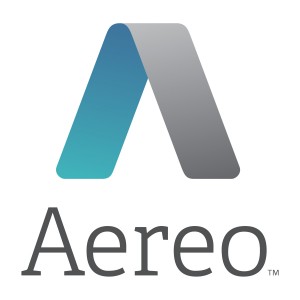
2014 – Trying to be the first provider of over-the-air channels, Aereo was told to shut down completely after a supreme court decision went against the company.
The idea was simple – take the over-the-air network channels and offer them on the Internet. Based in New York, the company opened services in 24 different cities. You could only watch the programming of your area on your PC, Mac or Linux. There were around 28 channels you could choose from and pricing was simply $1 a day.
Aereo was faced with many legal issues, including the Cable Television Consumer Protection and Competition act. The rebroadcast through the service undermined cable re-transmission fees.
It was also a wake-up call as after the fact, many cable providers started offering live streaming options.

Subscribe to Day In Tech History:
RSS Feed - iTunes - Android - Spotify - iHeartRadio
Facebook -
- RSS Bandwidth by Cachefly Get a 14 Day Trial
- Join me on Patreon and support Day in Tech History
- 1999 – HydraBBS software was released
- Williamette – a.k.a. Pentium 4 – is announced
- AMD files antitrust suit against Intel
- Motorola introduces the 16 MHz 68020 processor

